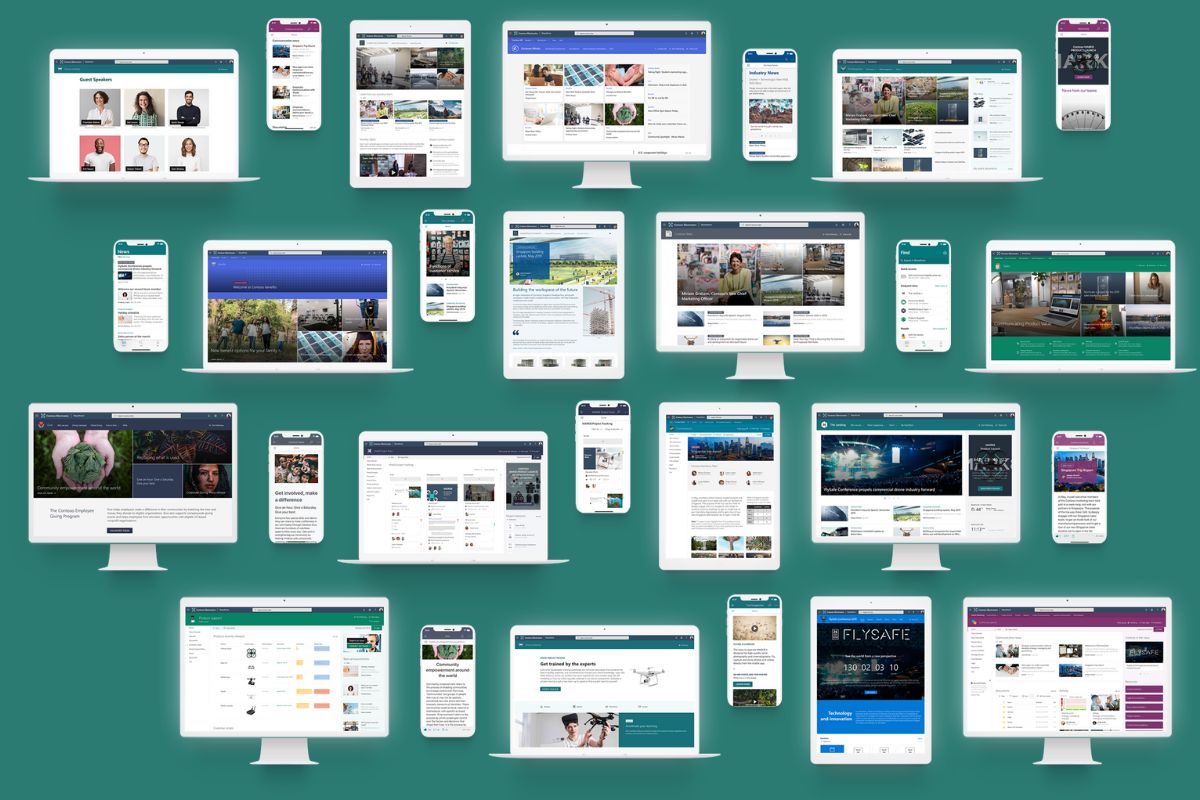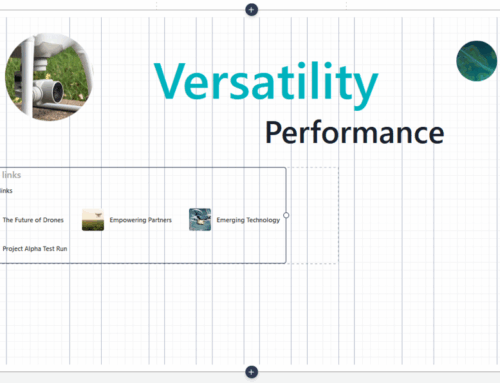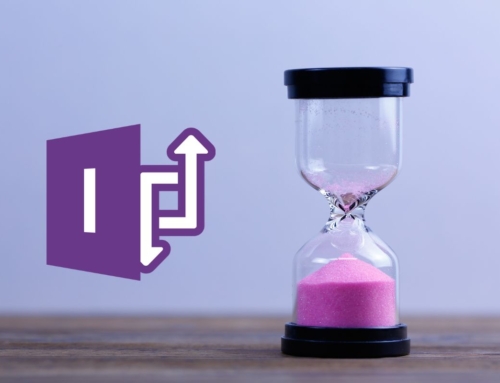Since launching Modern SharePoint in 2016, Microsoft has supported Classic sites without updates or new features, gradually removing options to create them. Recently, Microsoft announced it will block the creation of Classic Publishing Sites and activation of the Publishing experience, furthering the phaseout of the Classic experience.
On September 15, 2025, Microsoft will enforce a significant change in SharePoint Online that directly affects organizations migrating from SharePoint Server to SharePoint Online. The update, detailed in Message Center MC1117115 (Admin account required), marks a shift in Microsoft’s strategy: classic publishing sites can no longer be created or migrated in their original form. Instead, organizations must modernize these sites to align with the modern SharePoint experience.
Key Changes Announced
- Custom scripting disabled by default for classic publishing templates.
- Creation of classic publishing sites blocked via UI and API.
- Publishing feature activation restricted in existing site collections.
Temporary Workarounds Available
Organizations can delay enforcement until March 15, 2026 using PowerShell commands to enable custom scripting or allow classic site creation.
Important Note
If you already have Classic Publishing sites in SharePoint Online, they are not impacted by this announcement. Existing sites remain unaffected and can continue normal operations, including creating subsites. We expect Microsoft will continue to phase out support for the Classic experience, but no end date has been announced.
Impact on Migration Projects
This change requires a shift from simple migration to full modernization of classic publishing sites. Migration plans must now include:
- Modernization tooling (e.g., page transformation scripts).
- Branding and layout updates to align with modern SharePoint.
- Timeline adjustments to accommodate additional effort.
Potential Challenges During Migration
Modernizing classic publishing sites introduces several challenges:
1. Loss of Customizations
Classic sites often rely on custom master pages, page layouts, and script editor web parts. These elements are not supported in the modern experience, requiring redesign or removal.
The transition to the modern SharePoint branding model presents an opportunity to update legacy branding and discontinue customizations that are increasingly costly to support. Unlike classic SharePoint sites, the modern framework does not provide the same degree of granular control. Instead, Microsoft has replaced the developer-oriented master page system with a streamlined, responsive design framework accessible to all site owners.
2. Complex Page Transformations
Transforming classic pages to modern ones is not always straightforward. Web parts may not have direct modern equivalents, and layout fidelity can be difficult to maintain.
While pages can be migrated and transformed in bulk via scripting, each page needs to be reviewed, tested, and adjusted for the best results. Migration is a chance to review site pages, remove unnecessary ones, and update any outdated content.
3. User Training and Adoption
Users used to classic SharePoint may require training for modern sites, as menus and actions have changed. Page creation and editing differ significantly, which can affect productivity and adoption. Unlike a “classic to classic” migration where only the site URL changes, we recommend a multi-prong approach to user training and support during a “modernization” migration, providing updated user guides and online FAQs, hosting webinars and office hours, and setting up “sandbox” sites for users to play with new features.
4. Dependency on Third-Party Solutions
Some classic sites use third-party web parts or custom code that may not be compatible with modern SharePoint. Identifying and replacing these dependencies can be time-consuming but may also reduce cost and technical complexity if third-party features can be swapped for modern M365 functions.
5. Governance and Compliance Adjustments
Modern sites integrate with Microsoft 365 groups, which may require updates to governance policies, permissions models, and compliance configurations.
6. Site Hierarchy Flattening and Microsoft Teams Integration
Classic SharePoint Publishing site collections promoted deeply nested sub-site structures, allowing inherited branding, navigation, and permissions. However, as organizations evolved, these hierarchies became difficult to manage, resulting in abandoned sites and complicated permission issues.
Microsoft’s modern SharePoint experience encourages a flat site structure to maximize flexibility, usability, and integration across Microsoft 365. Instead of nesting sub-sites, organizations can create independent sites and connect them using hub sites, which provide unified navigation, branding, and search capabilities. This approach makes it easier to reorganize content as business needs evolve—sites can be reassigned to different hubs without disrupting URLs or permissions. It also simplifies governance, allowing each site to have its own lifecycle policies and compliance settings.
A flat structure also enhances collaboration by aligning with Microsoft Teams integration. Each modern team site is backed by a Microsoft 365 group, streamlining permissions and enabling seamless access to shared resources like calendars, files, and conversations. This model eliminates the complexity of inherited permissions in sub-sites and supports a more agile, scalable environment.
Migrating to the modern experience is an opportunity to adopt a flat architecture, ensuring a SharePoint environment is easier to manage, more secure, and better equipped to support modern work scenarios.
Benefits of Migrating to the Modern SharePoint Experience
While migrating classic sites to the modern experience is more complex, there are many benefits to this approach.
1. Improved User Experience
- Responsive Design: Modern sites are mobile-friendly and adapt seamlessly to different screen sizes.
- Simplified Navigation: Cleaner layouts and intuitive interfaces make it easier for users to find and interact with content.
- Faster Page Loads: Modern pages are optimized for performance, reducing load times and improving productivity.
2. Enhanced Collaboration
- Microsoft 365 Integration: Modern sites are tightly integrated with tools like Teams, Planner, and OneDrive, enabling richer collaboration.
- Group-Connected Sites: Each modern team site is backed by a Microsoft 365 group, streamlining permissions and communication.
3. Better Governance and Security
- Simplified Permissions: Modern sites use Microsoft 365 group-based permissions, making access control more manageable.
- Compliance Features: Integration with Microsoft Purview and other compliance tools helps enforce data governance policies.
4. Easier Maintenance and Customization
- No Custom Master Pages Needed: Branding is applied through site themes and headers, reducing the need for complex customizations.
- Web Part Flexibility: Modern web parts are easier to configure and maintain, with built-in support for dynamic content.
5. Future-Proofing
- Continuous Innovation: Microsoft is investing heavily in modern SharePoint, with regular updates and new features.
- Support and Compatibility: Modern sites are more likely to be compatible with future Microsoft 365 enhancements, modern web browsers, and mobile apps.
6. Accessibility and Inclusivity
- WCAG Compliance: Modern SharePoint pages are designed with accessibility in mind, helping organizations meet compliance standards.
- Inclusive Design: Features like screen reader support and keyboard navigation improve usability for all users.
7. Analytics and Insights
- Built-in Usage Reports: Modern sites offer insights into user engagement, helping teams optimize content and structure.
- Integration with Power BI: Easily connect site data to Power BI for advanced reporting and dashboards.
Final Thoughts
This update reinforces Microsoft’s commitment to the modern SharePoint experience. While it introduces new constraints, it also presents an opportunity to enhance usability, performance, and governance across your SharePoint environment.
Ready to Modernize? Let Compass365 Guide You
At Compass365, we specialize in helping organizations navigate complex SharePoint migrations and modernization efforts. Our team of experts can:
- Assess your current SharePoint environment
- Develop a tailored modernization roadmap
- Execute page transformations and branding updates
- Ensure governance, compliance, and user adoption
Contact us to arrange a free strategy session.









